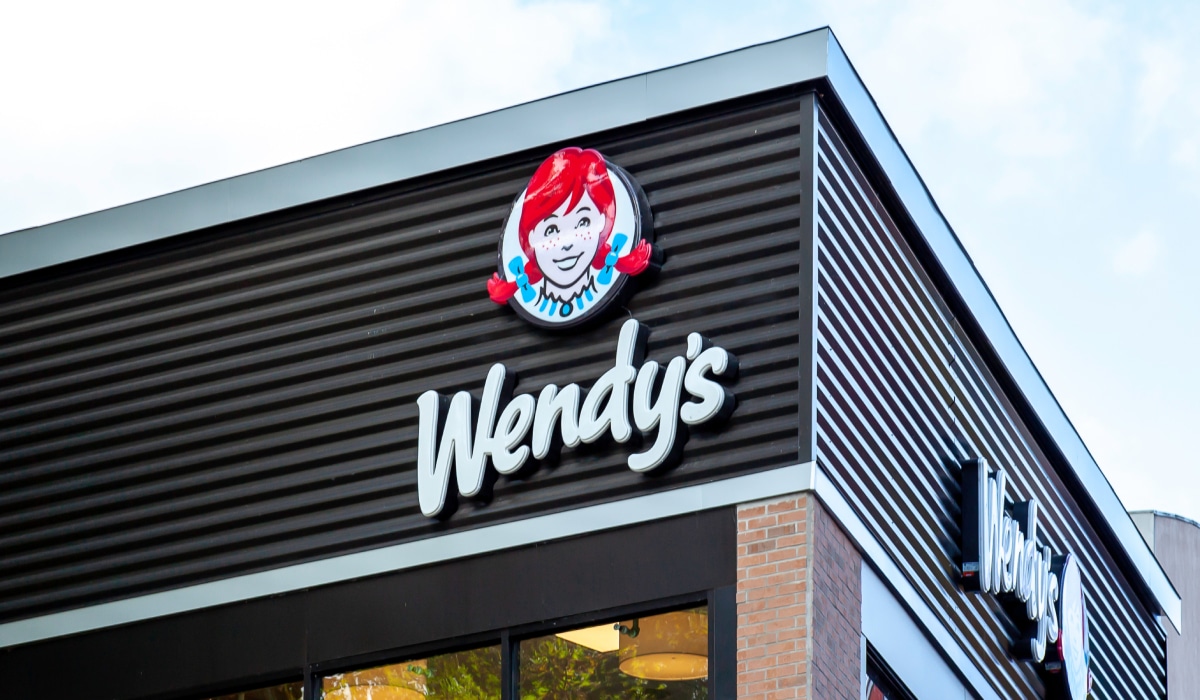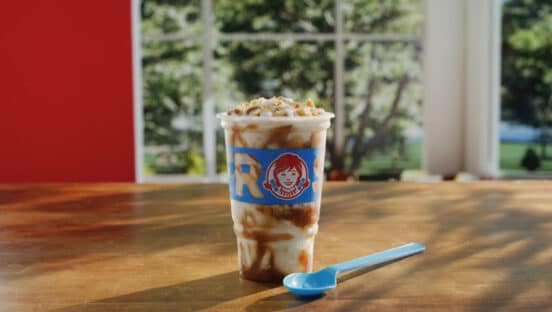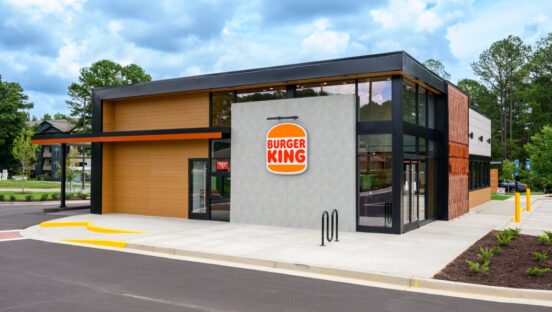Wendy’s learned over the past few months that too much news is not good for the consumer.
The burger giant was unhappy with its 100 Days of Summer programming, which featured promotions on beverages, breakfast, meal deals, digital exclusives, and a Takis collaboration that quickly lost steam. Interim CEO Ken Cook—who is standing in as chief executive after the departure of Kirk Tanner in early July—said the platform looked great on paper and had something for everyone, but it proved to be too confusing for customers and difficult for restaurant teams to execute.
As a result, U.S. same-store sales fell 3.6 percent in Q2 and dropped between 5 and 6 percent in July to kick off the third quarter.
“When I walked up to a Wendy’s and I saw eight different deals at point of purchase, I wasn’t sure what I was coming for,” Cook said during the chain’s Q2 earnings call. “And so it created some confusion with customers. And then I think from a restaurant execution perspective, when you start launching all this volume of programming at them, it does require training and change. So even the point of sale terminals, we have to update those, and then the cashier has to be trained on how that works. A personal example, I was in a Wendy’s and somebody came in and ordered one of the new promotions that we were running. And the cashier, it took him 30 to 45 seconds to actually find the right key on the POS.”
READ MORE:
Wendy’s Battles Weak Q1 Sales With Big Summer Push and Menu Innovation
Wendy’s to Ramp Up Innovation Around the Frosty, Chicken, and Beverages
How Wendy’s Plans to Outpace Competitors with 1,000 New Locations and $700M in EBITDA
Cook blamed the mishap on Wendy’s misjudging consumer trends. The brand expected traffic to be better in years past as the industry entered 2025, supported by internal forecasting and data from third parties. In response, Wendy’s built a programming calendar meant to perform well in such an environment. But then weather impacted the beginning of the year and March saw the “biggest decline in consumer sentiment in recent history,” according to Cook.
While Frosty sales were up 30 percent year-over-year in Q2, the $3 Baconator and $1 drink at breakfast deals did not drive the incremental sales lift that Wendy’s expected. And then Takis—which was projected to do well with Gen Z and millennial consumers—performed favorably at the start, but then tailed off in the following weeks. The chain didn’t see as much secondary trial for the Takis meal as it projected, leading Cook to believe that Wendy’s didn’t do enough “robust testing” on the collaboration when it was in the pilot stages.
Cook said Wendy’s fixed the issues by simplifying its marketing calendar in the back half of 2025. First, this means stopping some of the broad $1 promotions and moving to more targeted discounting in the app that drives incremental traffic. The second part is putting significant weight behind two of the biggest drivers in the QSR industry today—chicken and beverages.
With chicken, Wendy’s recently launched a collaboration with Netflix TV series “Wednesday,” featuring a Meal of Misfortune comprising chicken nuggets, a new lineup of four mystery sauces, fries, and a Dark Cherry Frosty Swirl. In Q4, the chain will extend its chicken platform with the launch of chicken tenders and a “modernized and improved” sauce lineup with six choices.
“Obviously it’s been a very fast-growing protein within QSR and we really like how our product stacked up against the competition,” Cook said. “So in the test that we ran, our chicken tenders performed better than our largest competitor and it performed towards the top of the entire competitive set, including those who specialize in chicken. So we’re really excited about the quality of its offering and with the launch of the tenders, we’re also launching six new sauces that we’re really excited about, including a Wendy’s signature sauce. So I think that’s going to be great. And then this also gives us the ability to innovate off of this core menu item going forward, which also gives us a lot more potential to do things differently in that protein chicken category.”
Additionally, Cook thinks beverages will help improve the breakfast and snacking occasions. This week, Wendy’s rolled out new cold brew and cold foam innovations. And in September, the brand will launch a new hot coffee blend crafted for a lighter roast and made from 100 percent Arabica beans. Aside from coffee, Wendy’s also began offering a lineup of sparkling energy drinks in Cherry Limeade and Pineapple Citrus flavors.
To ensure the programming mistake doesn’t happen again, Wendy’s is using new data analytics capabilities to improve its understanding of how guests behave, both inside its restaurants and at competing locations. Cook said the company now has the ability to “analyze the large majority of transactions” to gain better insights and tailor marketing directly to guest preferences. Wendy’s is also reviewing its media effectiveness to see how its advertising dollars can make the most impact.
“We are acting with urgency to improve our U.S. business by knowing our customers better, increasing our focus, and strengthening our partnership with franchisees,” Cook said. “I’m confident that by operating together as one Wendy’s, these actions will strengthen our foundation and enable us to reach the long-term potential.”
Wendy’s opened 44 new stores globally in Q2, including 21 in the U.S. and 23 internationally. During the quarter, the company signed new agreements to build 190 restaurants outside the U.S.—170 in Italy over the next 10 years and 20 in Armenia over the next five.
The fast-food chain finished Q2 with 5,967 U.S. stores and 1,367 international outlets.










